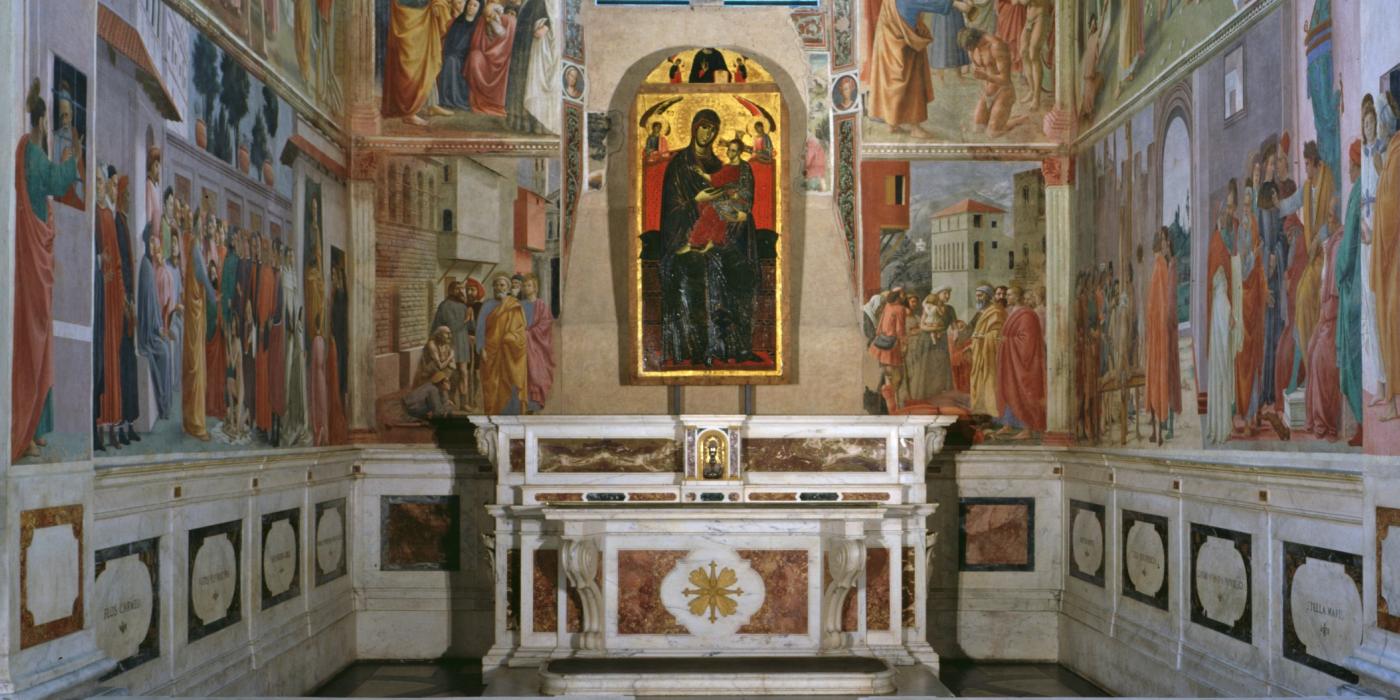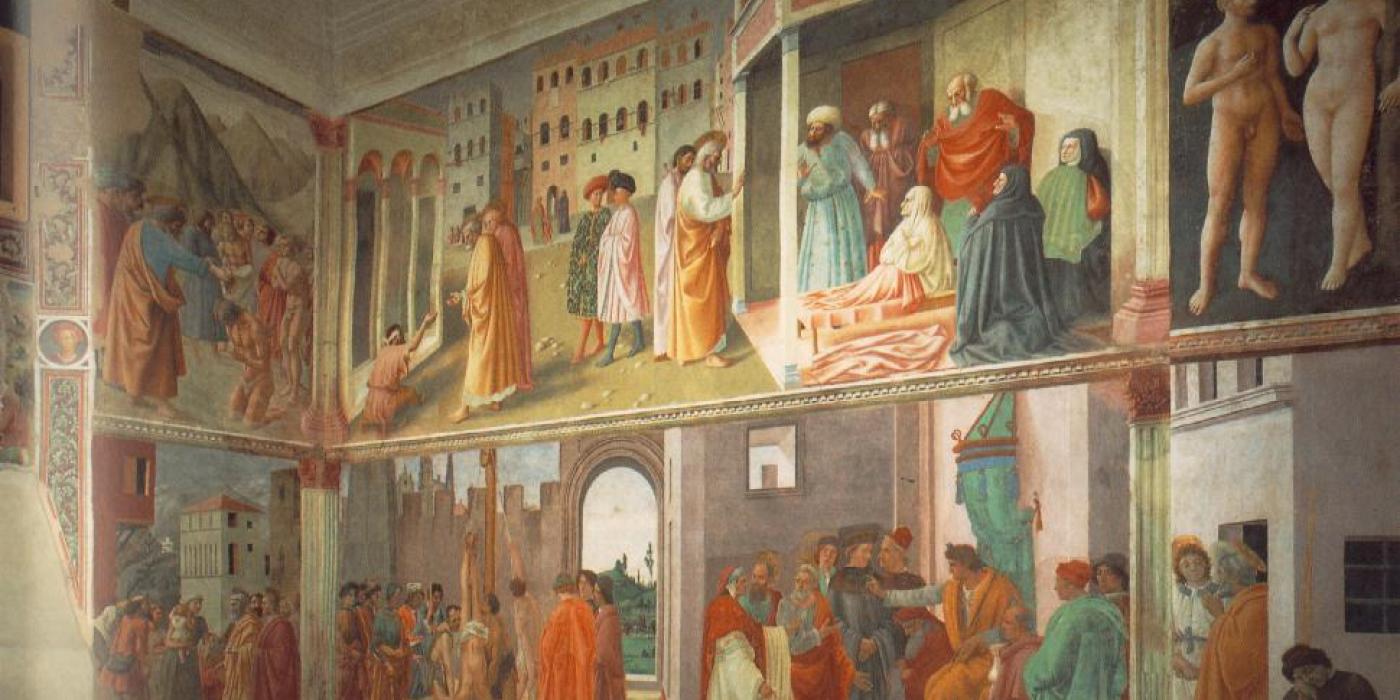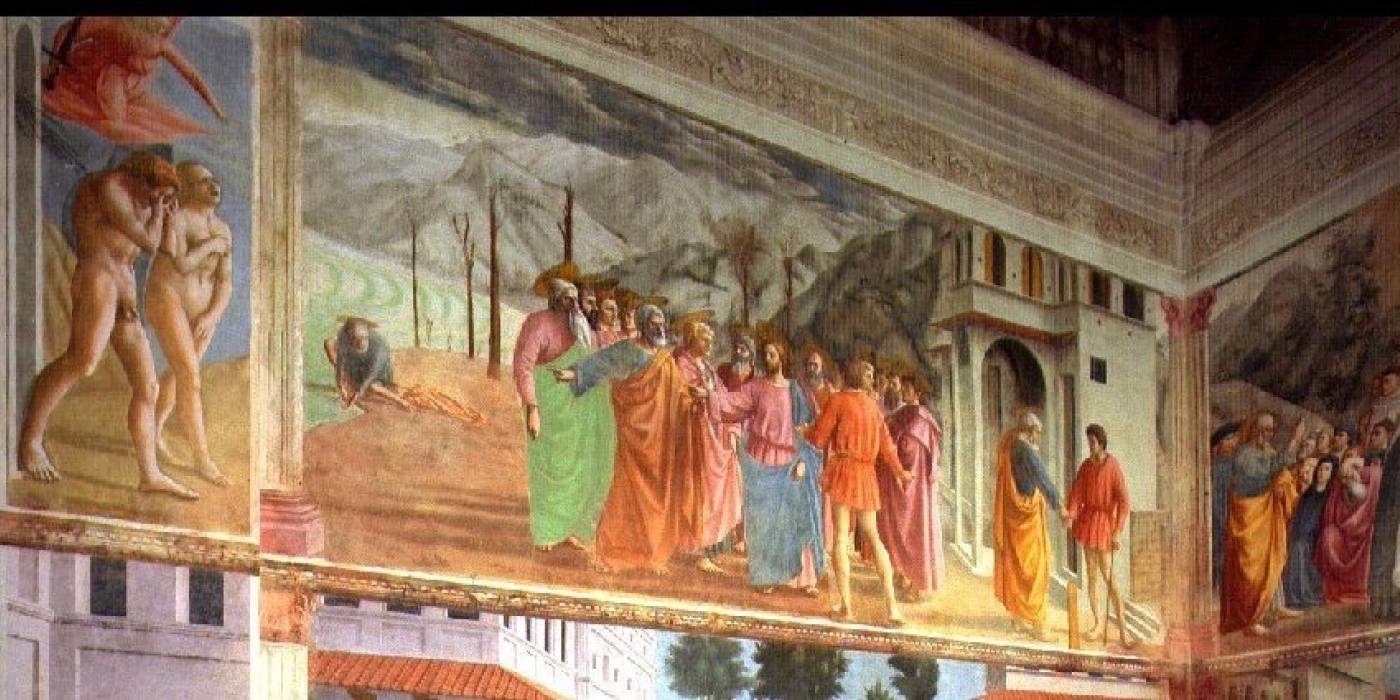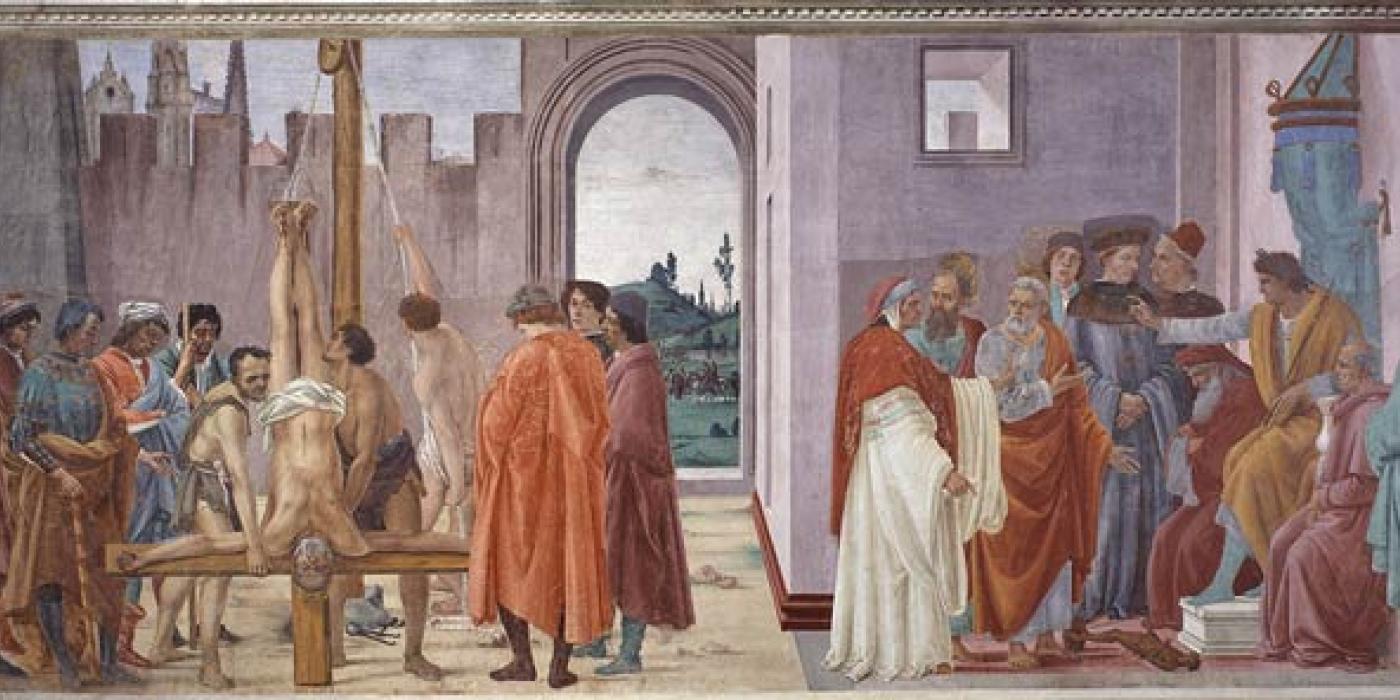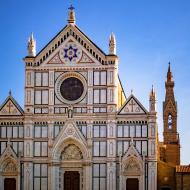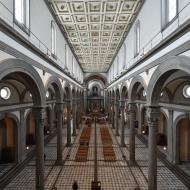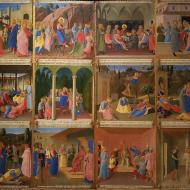The Brancacci chapel and its frescoes by Masaccio are located in the church of the Carmine, which was founded in the mid 13th century. A separate and timed entrance ticket gives you entry into the Cappella Brancacci, the decoration of which was commissioned by Felice Brancacci in 1424 to the established artist Masolino and his young assistant Masaccio. The fresco cycle of scenes from the life of Saint Peter was affected by numerous vicissitudes, left unfinished by the artists, the exile of the patron, and a fire that severely damaged the church in 1771. The frescos, neglected for all the 19th century, were cleaned in 1904; the restoration work carried out in 1981-1989 recovered the images and their colours and provided a lot more information about the chapel’s history. A further cleaning cycle is currently underway in 2023.
Masaccio was a fundamental artist of the Early Renaissance and, due to his untimely death in 1428 at the age of 27, we don’t have many works by him, making the Brancacci Chapel an essential testimony of his work. The two artists began working together on the fresco cycle, and then Masolino left for Hungary and Masaccio continued on his own. One can witness the presence of two stylistic hands here, one representing the more decorative international Gothic and the younger artist’s more plastic and naturalistic style that would characterise the Renaissance era. Indeed, later artists including Michelangelo studied and sketched these frescoes. Left unfinished, the cycle was completed in 1481-82 by Filippino Lippi. The ceiling was painted after the 18th-century fire damage.
Masaccio was a fundamental artist of the Early Renaissance and, due to his untimely death in 1428 at the age of 27, we don’t have many works by him, making the Brancacci Chapel an essential testimony of his work. The two artists began working together on the fresco cycle, and then Masolino left for Hungary and Masaccio continued on his own. One can witness the presence of two stylistic hands here, one representing the more decorative international Gothic and the younger artist’s more plastic and naturalistic style that would characterise the Renaissance era. Indeed, later artists including Michelangelo studied and sketched these frescoes. Left unfinished, the cycle was completed in 1481-82 by Filippino Lippi. The ceiling was painted after the 18th-century fire damage.
Information:
Address:
piazza del Carmine 14, 50124 - Firenze, FIPhone:
055 2382195
Access notes:
Last admission forty-five minutes before closing.
Reservations required (max 10 people every slot): Online at https://bigliettimusei.comune.fi.it/4_cappella-brancacci/ (see FAQ).
On first Sunday of the month, admission is guaranteed, subject to availability, only by sending an email to cappellabrancacci@musefirenze.it; the reservation can be made starting from the previous Monday only.
Access for disabled:
Photo gallery
Museum timetables:
Related museums
